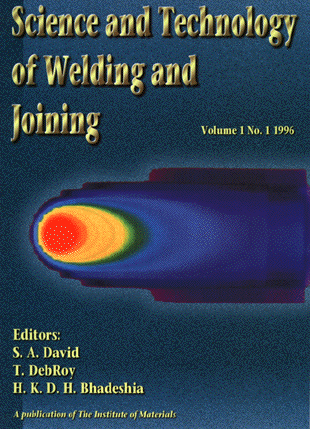
Science and Technology of Welding and Joining
A journal founded and edited by
S. A. David, T. Debroy and H.K.D.H. Bhadeshia
Published by The Institute of Materials, London, since 1996
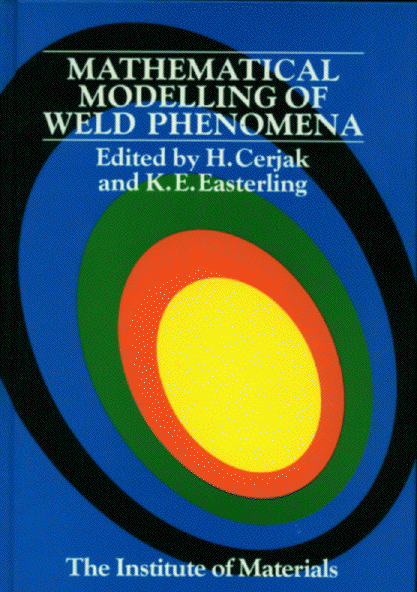
Mathematical Modelling of Weld Phenomena
Eds. H. Cerjak and K. E. Eastering
Institute of Materials, London, 1993
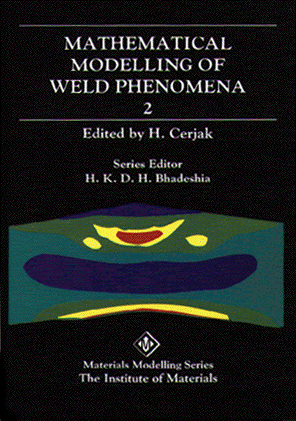
Mathematical Modelling of Weld Phenomena 2
Edited by H. Cerjak
Series Editor H.K.D.H. Bhadeshia
Institute of Materials, London, 1995
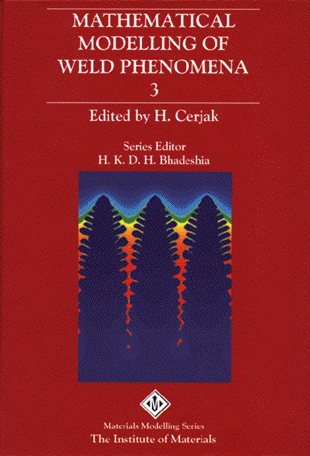
Mathematical Modelling of Weld Phenomena 3
Edited by H. Cerjack
Series Editor H.K.D.H. Bhadeshia
Institute of Materials, London, 1997
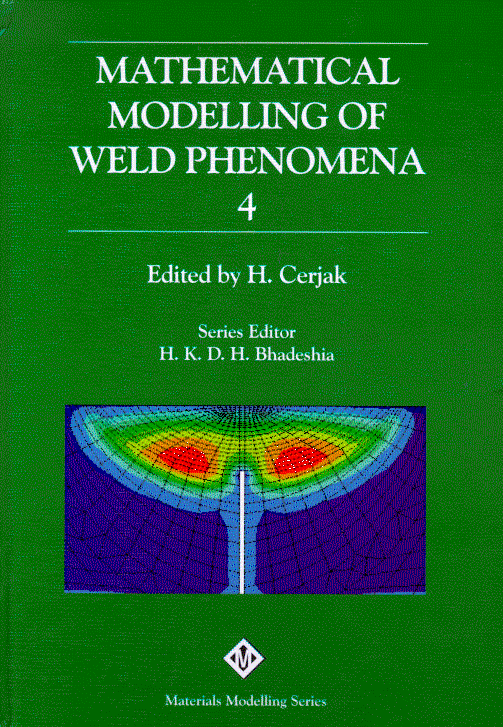
Mathematical Modelling of Weld Phenomena 4
Edited by H. Cerjack
Series Editor H.K.D.H. Bhadeshia
Institute of Materials, London, 1998